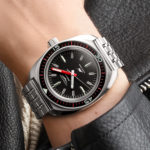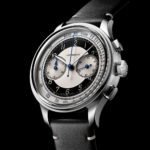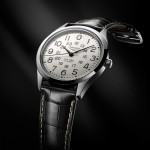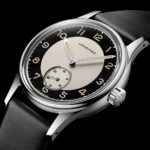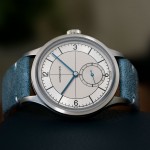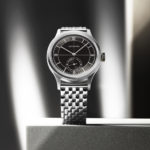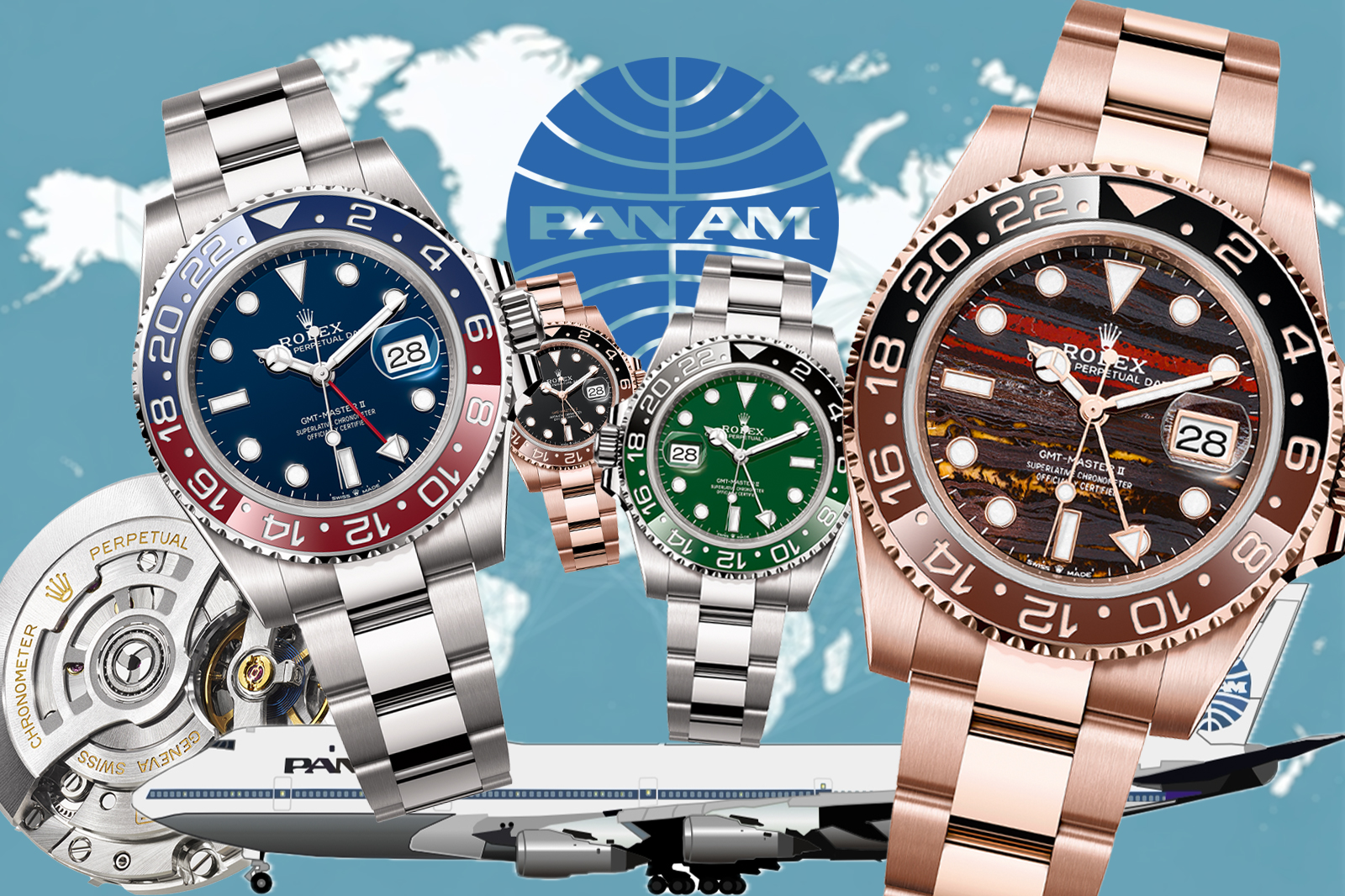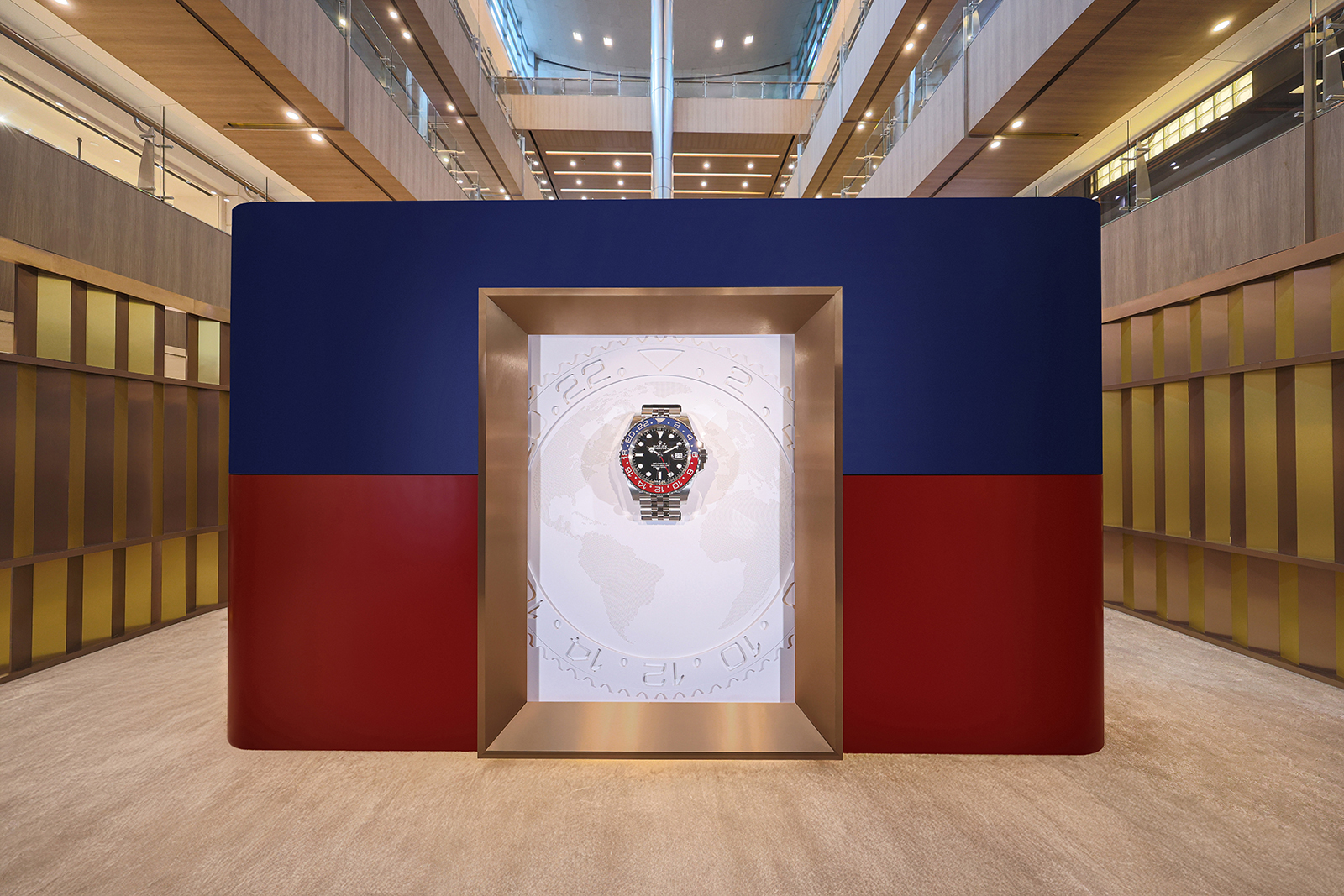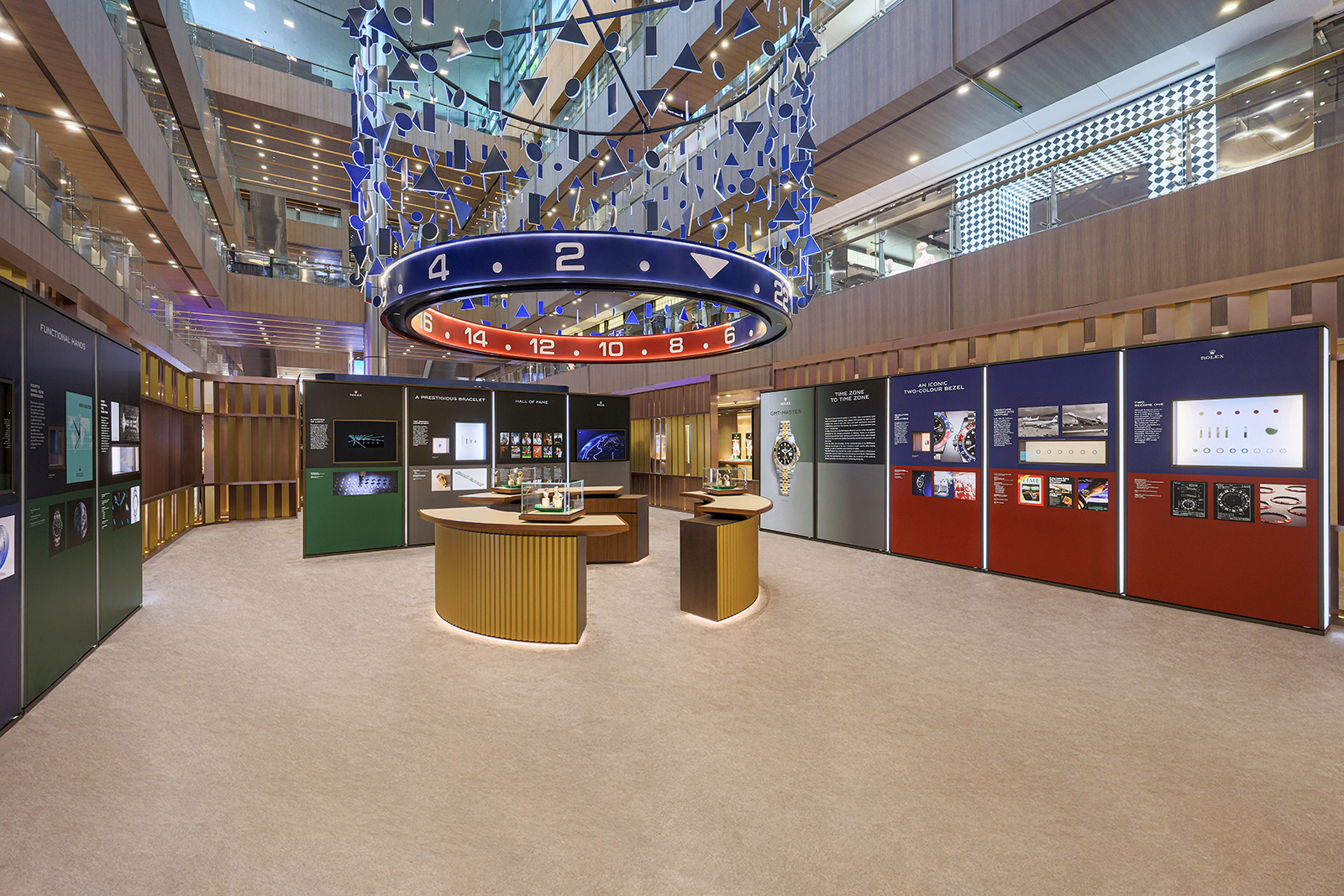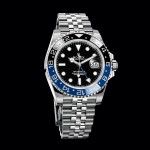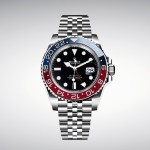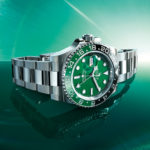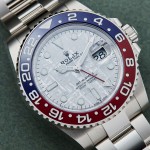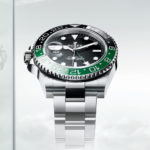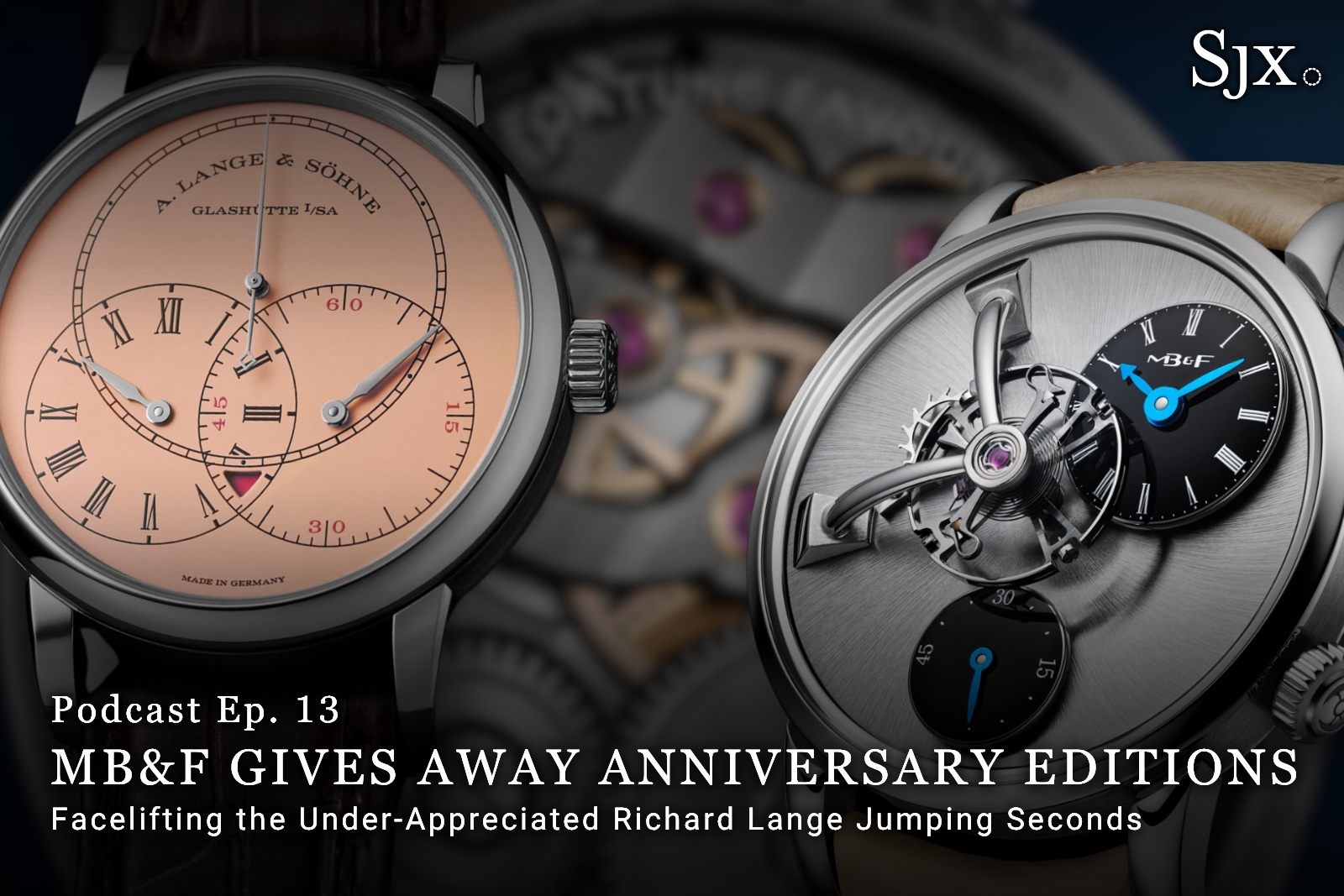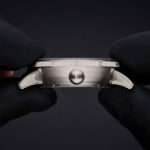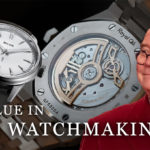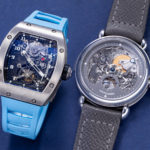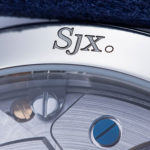Longines’ Ultra-Chron Classic is a Double-Certified, High-Beat Chronometer
High-spec automatic.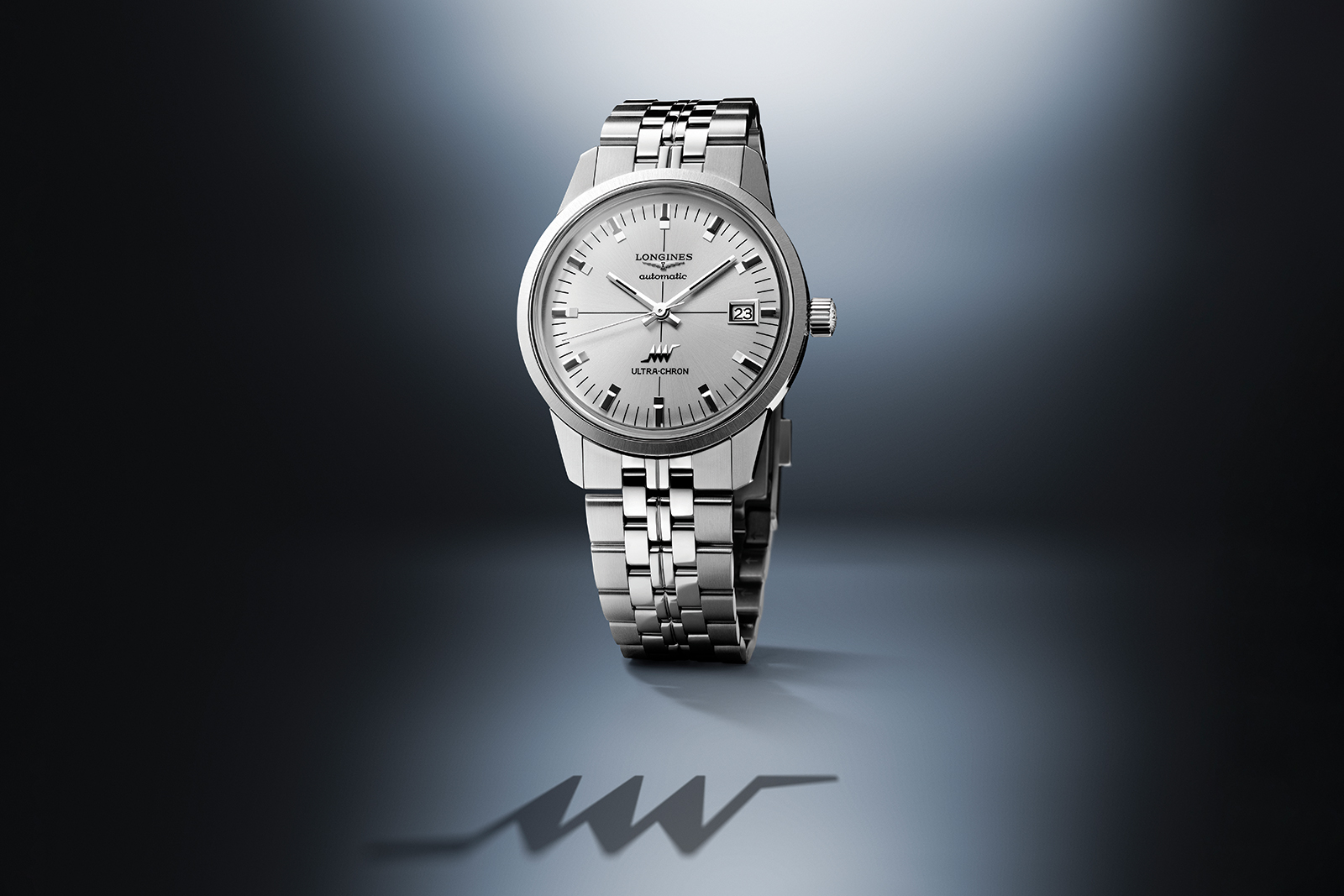
Longines continues to mine its archive to good effect with the Ultra-Chron Classic, a faithful reissue of the brand’s pioneering high-frequency wristwatch first launched in 1967. The Ultra-Chron Classic is more than just a remake of a vintage watch. While it has a clean, period-correct vintage aesthetic, the mechanics are entirely modern, namely a high-beat, 5 Hz automatic movement that is both COSC chronometer and TIMELAB certified.
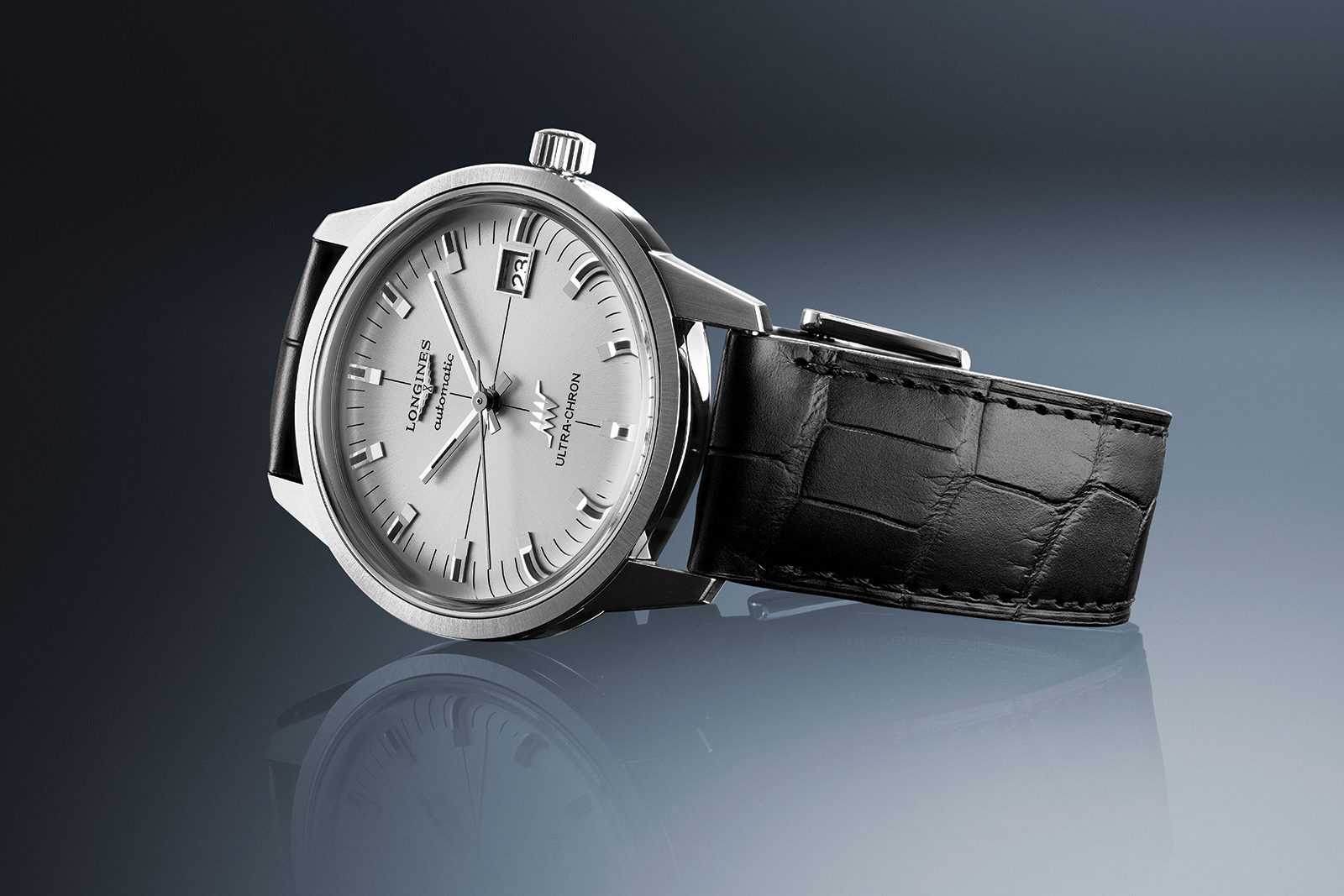
Initial thoughts
Longines does well at bringing back beloved designs from the past, but built to modern standards. The Ultra-Chron Classic is the latest in a long line of historical reissues that began nearly two decades ago with the bestselling Legend Diver.
The Ultra-Chron Classic is impressively faithful to the original in style, but because of that, not especially exciting in terms of design, retaining the all-business look that was common among high-performance gentlemen’s wristwatches of the era; the same criticism could be leveled at the Jaeger-LeCoultre Geophysic E168 or IWC Ingenieur ref. 666. In other words, the dial, hands, and indices are mostly true to the source material, but this pared-back look may have a harder time standing out in today’s market than it once did.
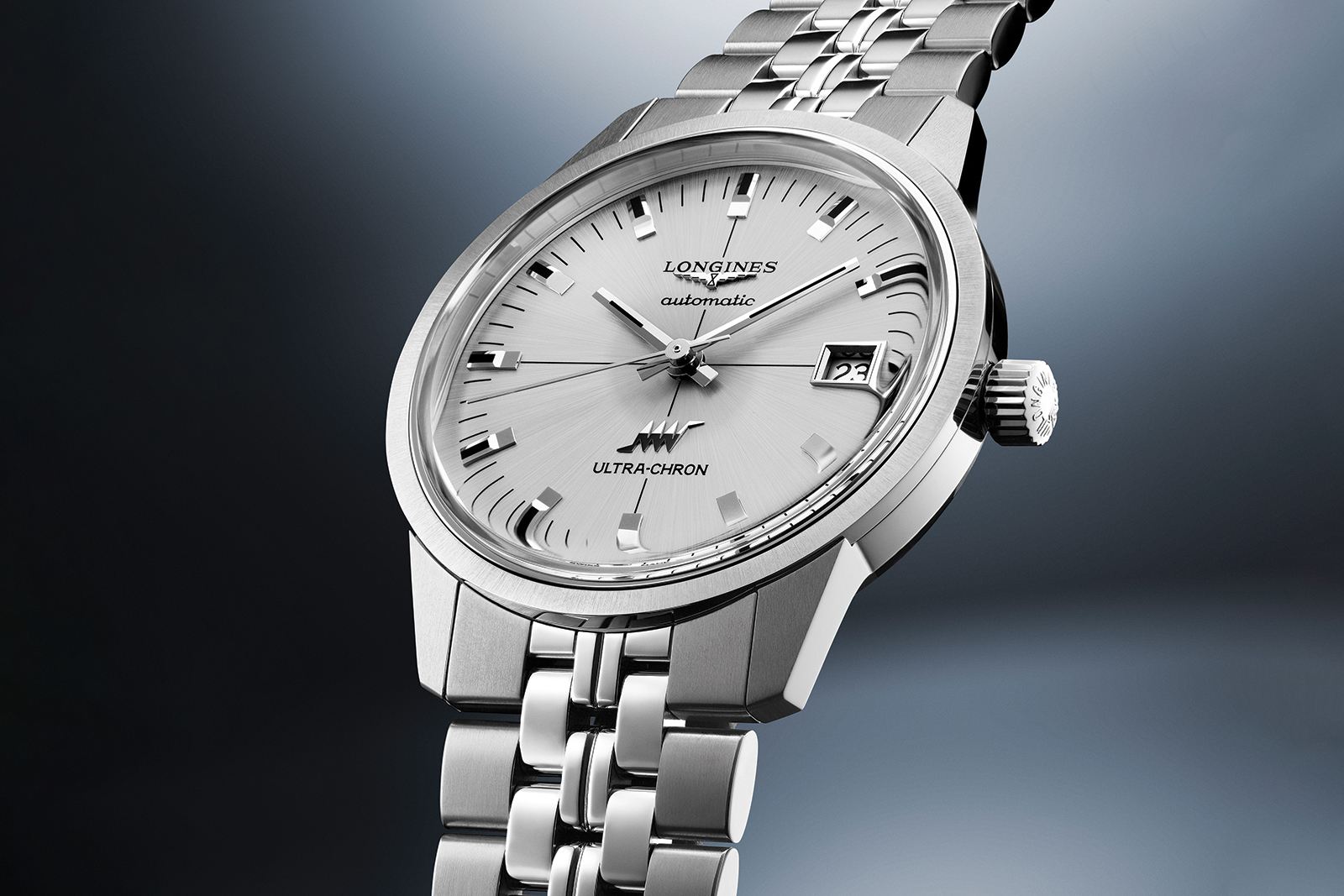
Dressy? Classic? Or plain?
Looks aside, the Ultra-Chron Classic is modern Longines at its best: a solid build, a brand-exclusive movement, proper sizing, and sensible pricing. The movement in particular stands out for being notable high-spec with its 36,000 beats per hour balance and double certification.
Conveniently, customers can choose between 37 mm and 40 mm sizes, with the former paying tribute to the original 35 mm watch from 1967. Indeed, smaller sizes fit this sort of timepiece well. Regardless of size, the only difference in price between the different models relates to the bracelet option, which costs a modest US$100 on top of the retail price of US$3,900 on a leather strap.
The price of the Ultra-Chron makes it the most expensive time-and-date watch in steel in the Longines catalogue. While the Ultra-Chron is pricier than the typical Longines, it is priced competitively as a high-frequency chronometer.
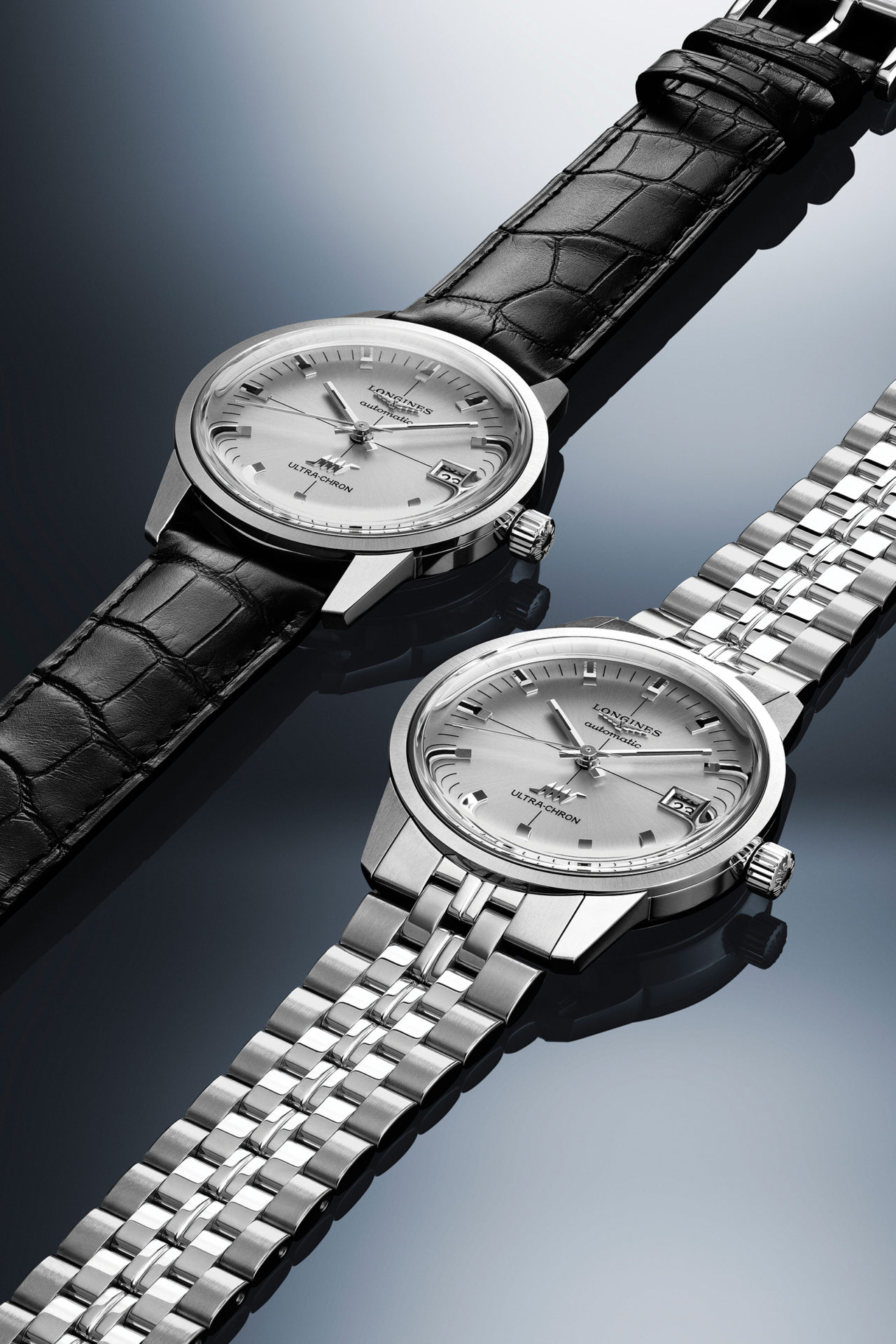
A blast from the past
The off-white dial has a fine sunray pattern and blocky indices of a type that were popular in the late 1960s and 1970s. A thoughtful detail is the set of central crosshairs, a mark usually associated with precision timekeepers of the era. The dial also features an applied Ultra-Chron wave form logo at six o’clock, which helps differentiate the watch from others within the Longines collection.
The case thickness is the same for both size options, coming in at a hair under 11 mm. The robust proportions are appropriate for such a watch, especially for the 37 mm version.
Also period appropriate is the grooved five-link bracelet is somewhat generic in design, but features a micro-adjust clasp that many buyers look for in a watch like this.
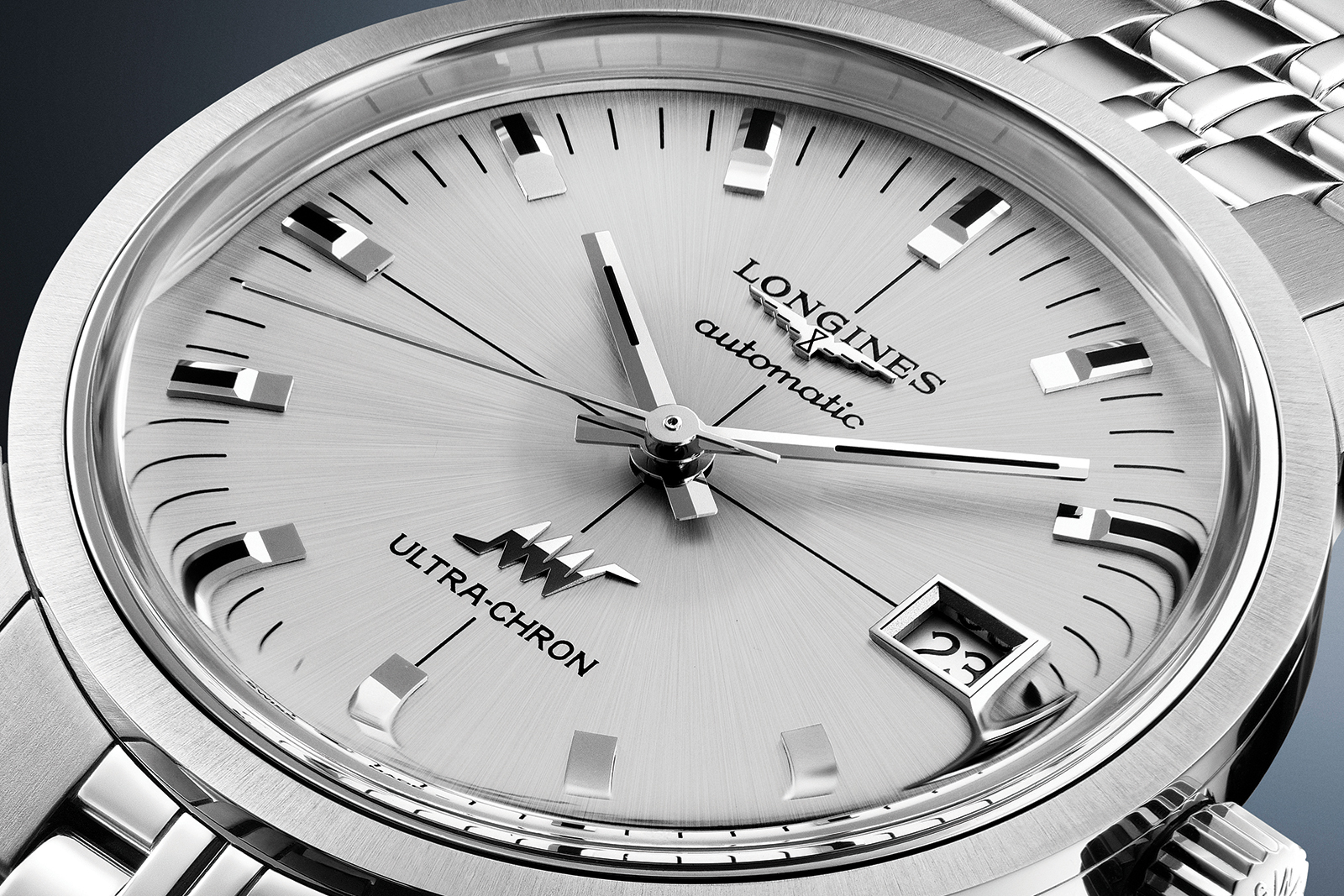
A true Ultra-Chron(ometer)
The original 1967 Ultra-Chron got its name from its innovative high-frequency 5 Hz movement, the cal. 431. When the movement debuted, the Ultra-Chron was advertised to stay within one minute a month; an extraordinary claim similar to that made by Grand Seiko for its VFA watches at the time. Aside from the headline accuracy, the 5 Hz movement was extremely advanced for the late 1960s, having an instant jumping date and dry lubrication.
In many ways, the L.836.6 movement found in the Ultra-Chron Classic stays true to this winning format. Launched in 2022, the movement is produced for Longines by ETA and is based on the well-known cal. 2824 architecture, with a few upgrades made to accommodate the going train for the 5 Hz beat rate.
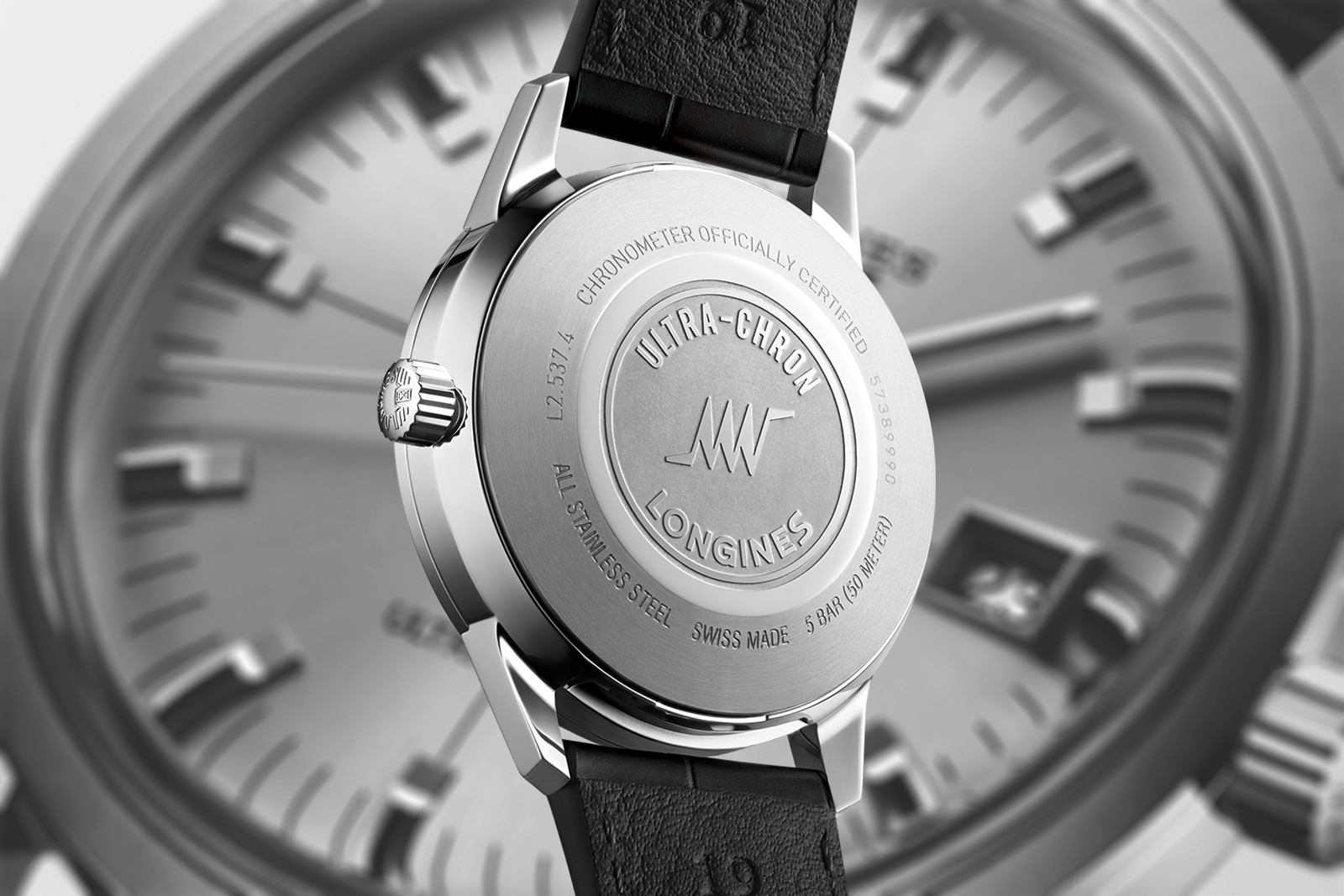
Benefiting from all the latest Swatch Group technologies, the L836.6 boasts a silicon hairspring and a power reserve of about 52 hours. The power reserve is unremarkable at first glance, but seeing how the movement was adapted from a pre-existing base architecture and upgraded with an energy intensive 5 Hz regulator, it is something of an achievement.
The movement is certified by both COSC as a chronometer and tested by TIMELAB in Geneva. The additional TIMELAB certification is what gives the timepiece’s Ultra-Chron(ometer) moniker. While perhaps not as exacting as the METAS test, the fact that Longines goes beyond COSC certification is most laudable.
While COSC only tests the finished movement, TIMELAB subjects the complete watch to 15 days of tests, at different temperatures and under the influence of magnetic fields before awarding the certificate. The battery of tests is tailored to the ISO 3159:2009 standard for chronometers.
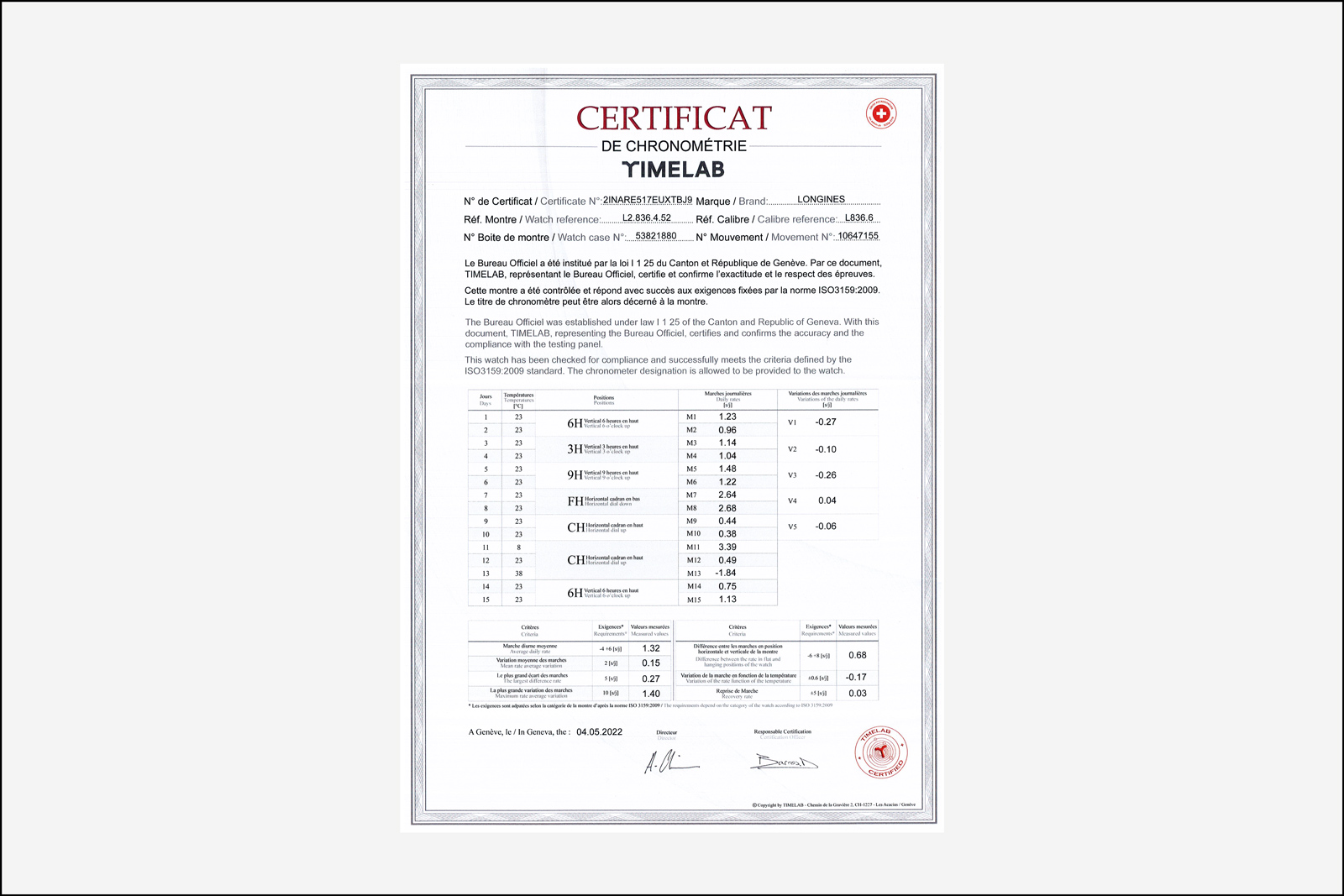
Key facts and price
Longines Ultra-Chron Classic
Ref. L2.937.4.72.6 (40 mm, steel bracelet)
Ref. L2.537.4.72.6 (37 mm, steel bracelet)
Ref. L2.937.4.72.2 (40 mm, leather strap)
Ref. L2.537.4.72.2 (37 mm, leather strap)
Case diameter: 40 mm or 37 mm
Height: 10.95 mm
Material: Stainless steel
Crystal: Sapphire
Water resistance: 50 m
Movement: L.836.6
Functions: Hours, minutes, seconds, date
Frequency: 36,000 beats per hour (5 Hz)
Winding: Automatic
Power reserve: 52 hours
Strap: Stainless steel five-link bracelet or leather bracelet with pin buckle
Limited edition: No
Availability: Now at Longines retailers and boutiques
Price: US$4,000 on bracelet; US$3,900 on leather strap, excluding taxes
For more information, visit Longines.com.
Back to top.

